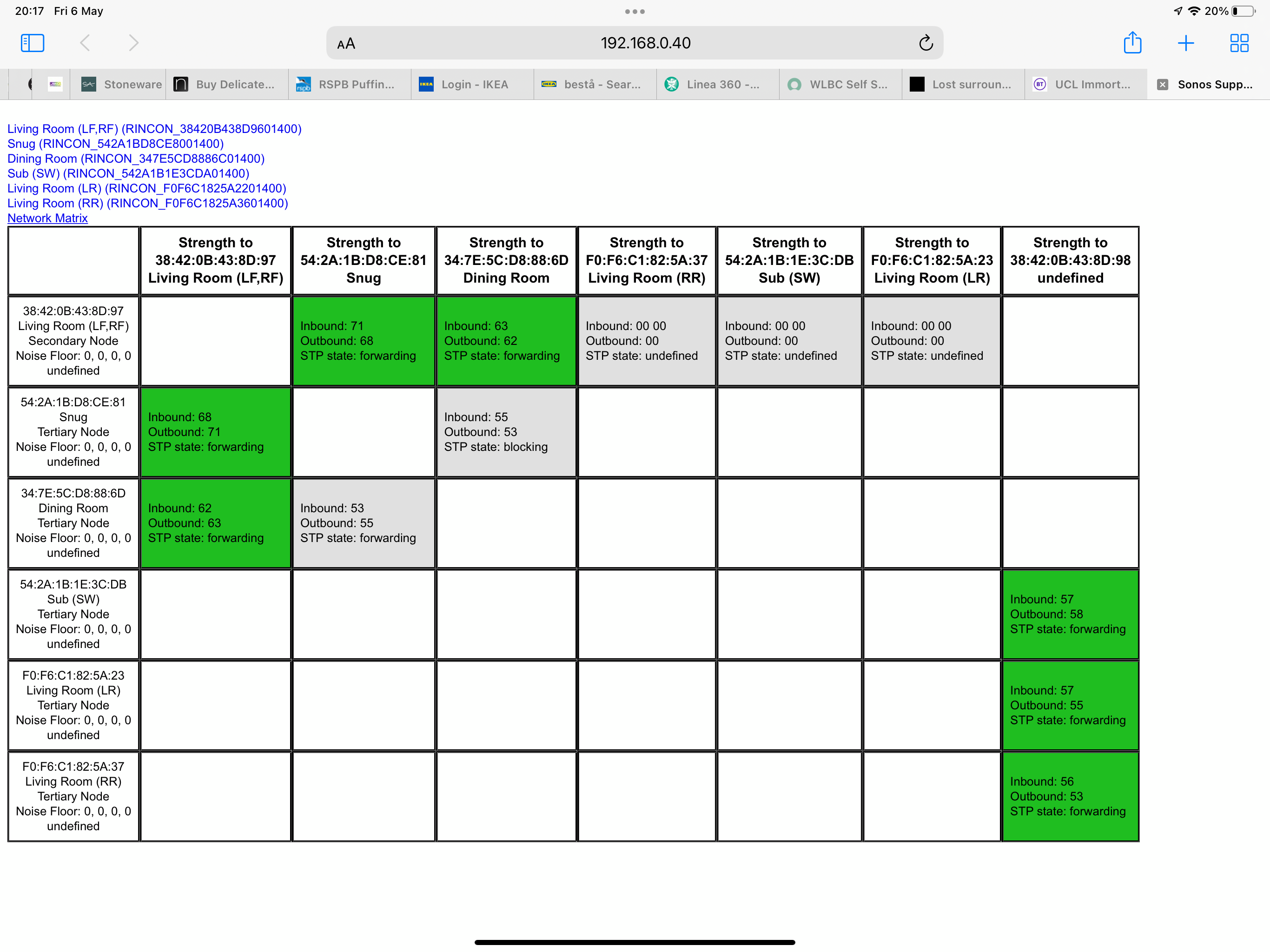Hi
I don’t know if my issue is related to the 14.6 update but I noticed today that I had no sound from my surround (play 3) and my sub (Gen 2), only the Arc is working They are still present in the app under the my System view but now sound which every sources
When I reboot each of them, the sound comes back temporary, but when I switch to another source or audio format, thé Sound disappears again. Tried several times, same behavior
Thanks for your help




